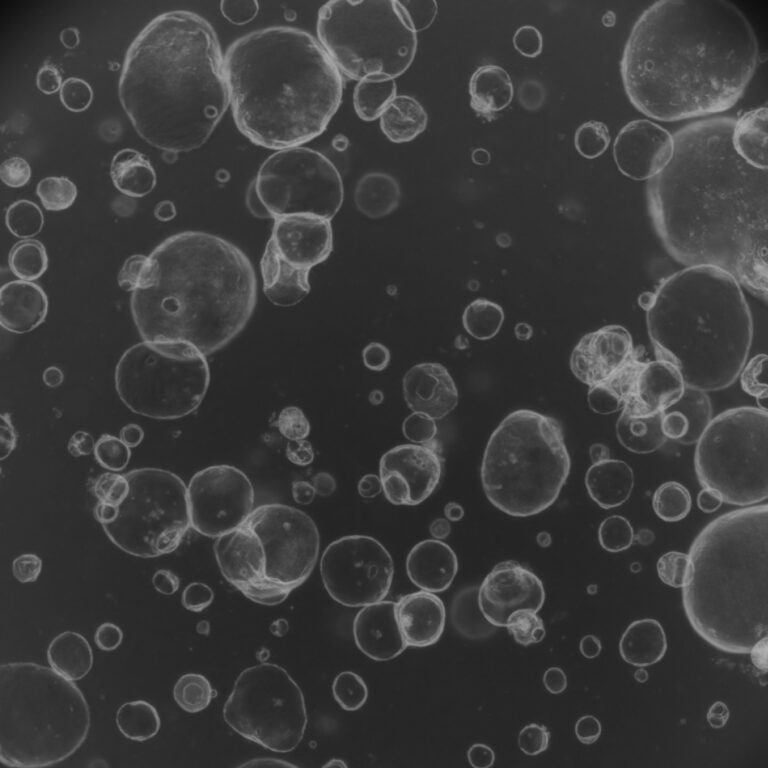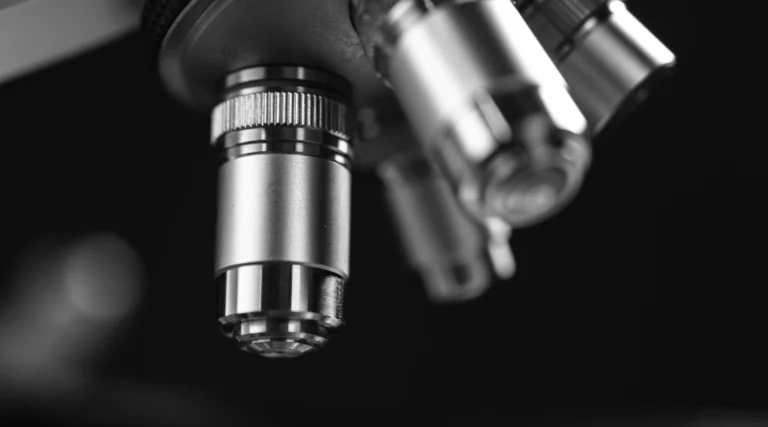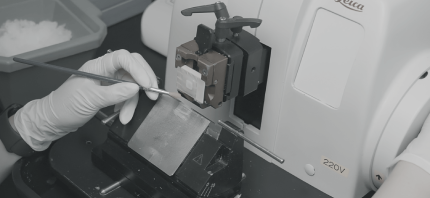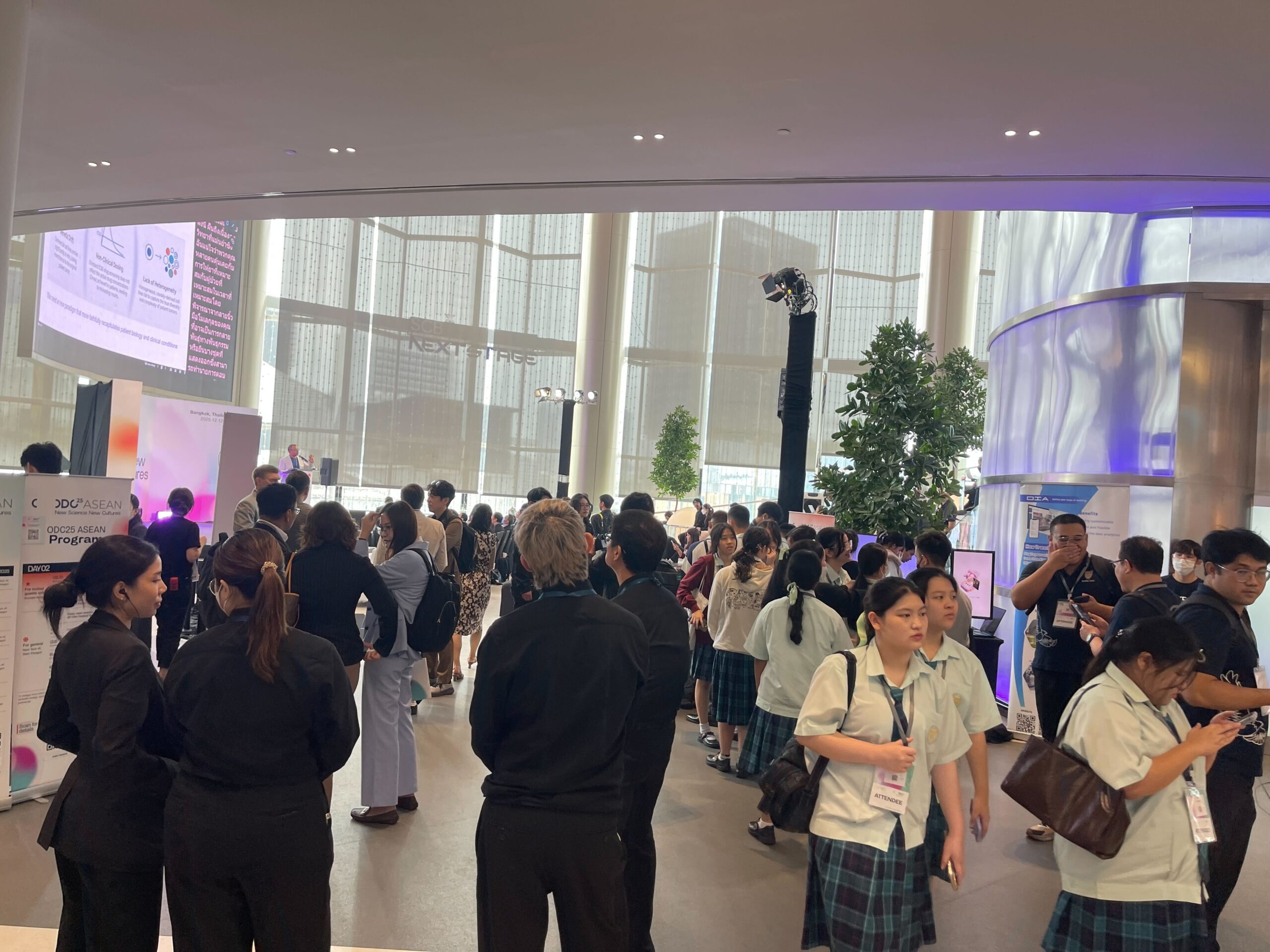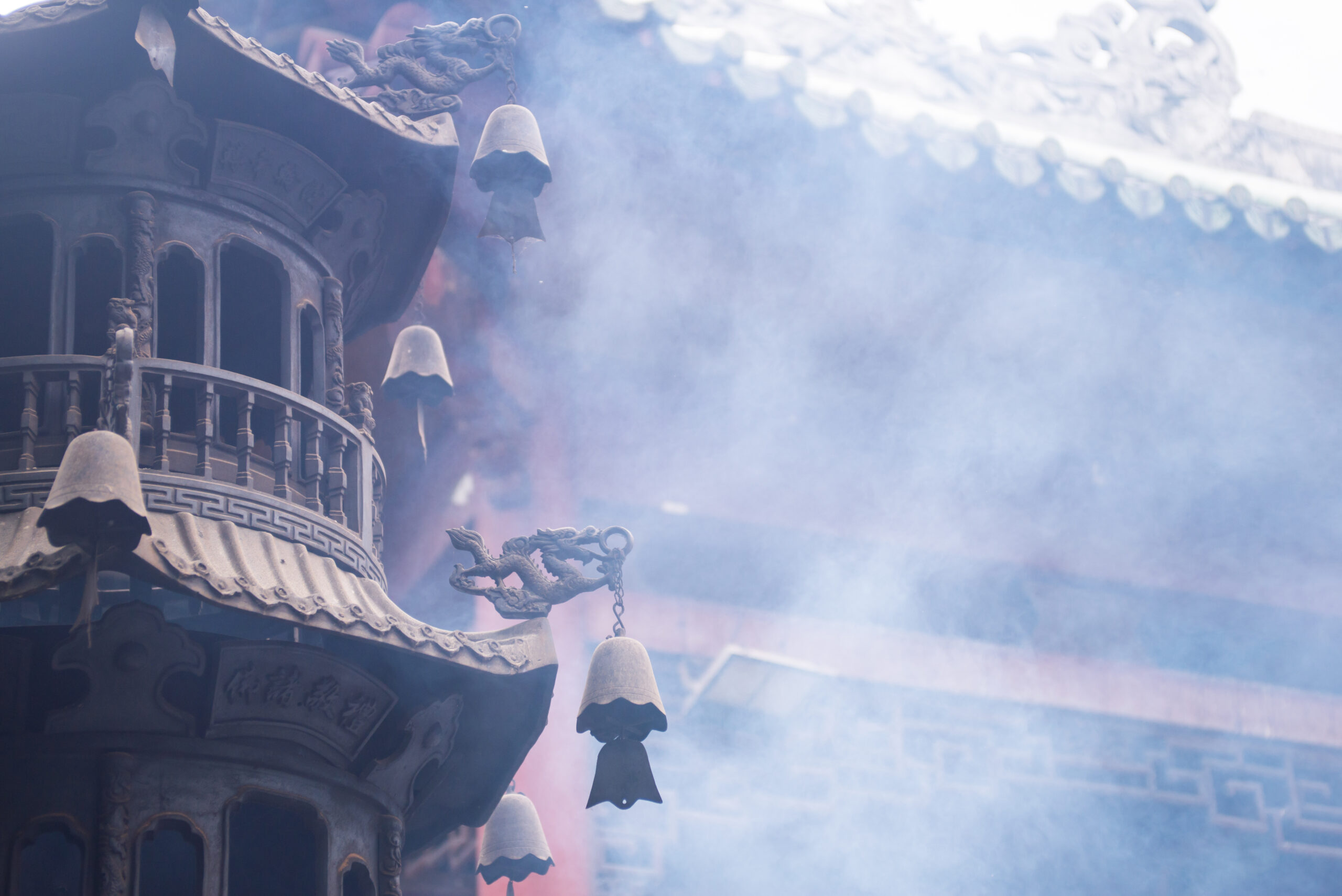In an age defined by restless scrolling and constant noise, the 36th São Paulo Biennial invites visitors to practice a different kind of knowledge: stillness. Titled Not All Travellers Walk Roads – Of Humanity as Practice, the exhibition draws inspiration from Conceição Evaristo’s 1990 poem Da calma e do silêncio (“The Calm and the Silence”). Her closing lines – “Not every traveller walks roads / there are submerged worlds / that only silence / from poetry penetrate” – become both a curatorial compass and a scientific proposition.
With works from more than 120 artists and collectives from across the globe, the Biennial is expansive in scale yet intimate in intent. Chief curator Bonaventure Soh Bejeng Ndikung and his team have organized the show around three conceptual axes:
- Reclaiming Space and Time, which urges viewers to slow down and notice what usually escapes attention, from micro-ecologies to overlooked materials.
- Self-and-Other Reflection, asking how encounters with difference – across borders, identities, and species- can dissolve fixed frameworks rather than reinforce them.
- Encounters & Convergences, inspired by estuaries where rivers meet, highlights the mingling of cultures, histories, and ecologies under conditions of displacement and resilience.
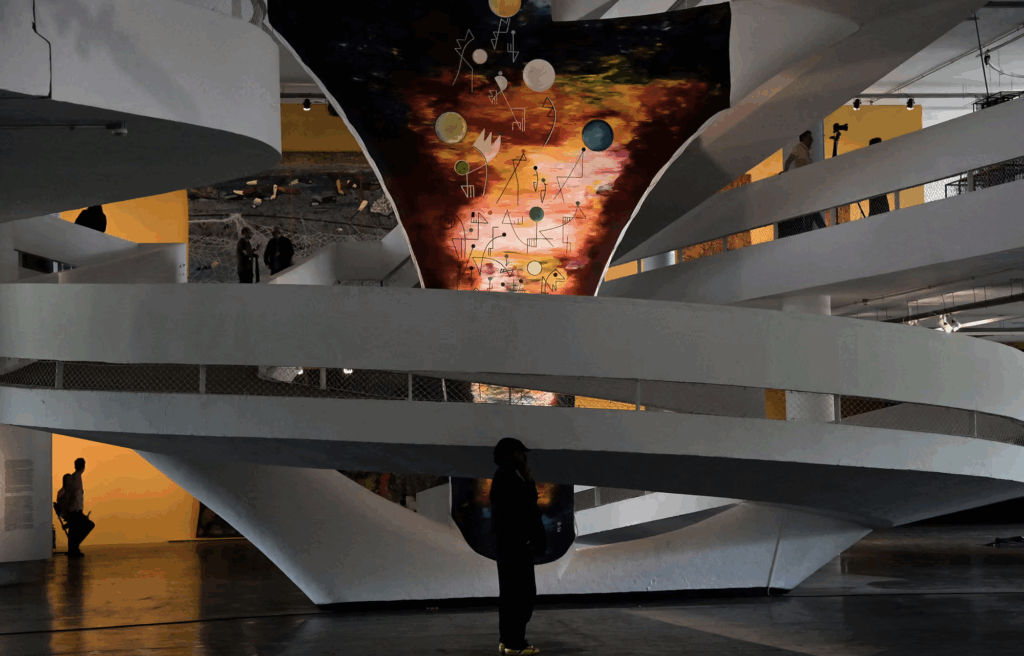
Image: São Paulo biennale review – chanting trees and harmonal humming create a cacophony of art
Inside the vast Pavilhão Ciccillo Matarazzo, these ideas take form as sensory laboratories. Sound installations hum with frequencies that invite visitors to feel vibrations through the body. Precious Okoyomon cultivates a living garden of moss, soil, and water that resonates with scientific research on plant intelligence. Otobong Nkanga’s woven landscapes and Emeka Ogboh’s sonic rituals transform natural materials – textiles, charcoal, tree trunks – into meditations on carbon cycles and environmental loss.
Here, silence is not absence but data: a condition for perceiving subtle signals from plants, matter, and human interaction. In this convergence, art meets science – neuroscience with sound, botany with installation, anthropology with poetic testimony. By slowing down, lingering, and listening, audiences participate in an embodied experiment on what it means to be human in a more-than-human world.
The 36th São Paulo Biennial runs through 11 January 2026, offering a rare opportunity to experience how science, art, and culture merge in the quiet spaces where discovery begins.
Read more:
